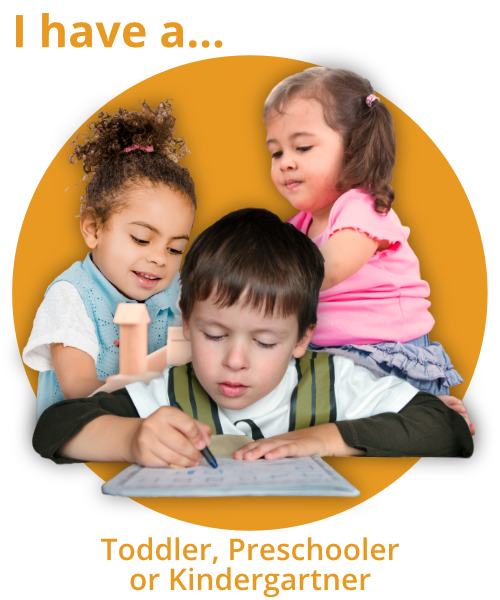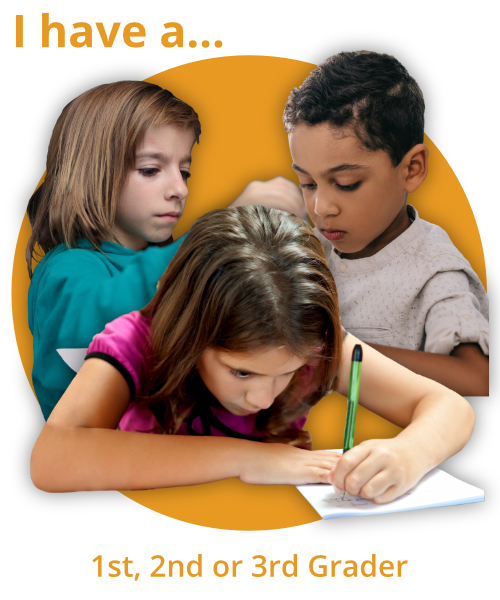How Talking Animals in Stories Benefit Us And Our Children
Montessorians, take note. I feel very strongly about this, and you might not like hearing it, but I'm going to say it anyway.
Waiting until the second plane to introduce talking animals and other aspects of anthropomorphism is 𝘵𝘰𝘰 𝘭𝘢𝘵𝘦.
I agree that our children need to be grounded in reality and not be so burdened with adult-created fantastical worlds they lose sight of their own.
But I also believe that humanity as we know it would not exist without fantastical stories. I would like to make the case that excluding our youngest children from our deepest, most meaningful traditions is at best a privileged point of view and at worst - fails to provide a rich part of the environment that stokes fire in every human soul andd leaves long-lasting emotional impressions that are needed later on in adult life.
In this episode, we're talking about quality literature, why it may include anthropomorphism, and how it benefits the child. But first, if you’re new here, I’d like to help you learn to talk like a Montessori parent with this free Mini-Dictionary.
I'm Aubrey Hargis, Montessorian and mom of two. I just love children. I've taught in a variety of different schools, both public and Montessori, and with different age groups, kindergarten through fourth grade, mostly. But when my first child was born, I became a homeschooler, and I never looked back. Homeschooling is amazing and exhausting...and it's a perfect fit for Montessori. It's a challenge of course, but it's worth it! Because education is a journey we take with our children, and the opportunities for learning start over every day.
Hey, Sweet Friends
I am glad you're here with me. I am sitting down here and drinking a cup of coffee. The sun is shining through my window and life feels good! The air is fresh this week and I am just feeling much more restored and excited to take on this new topic with you.
How Books Became Foundational in Our Montessori Homeschool
One of the most influential ways that I have taught my own children has not been through the Montessori materials themselves. I love the Montessori materials I have taught in the classroom...but I definitely did not have a home full of them. They are very expensive...and also because I just don't have the space to turn my entire house into a classroom.
As a result, one of the biggest ways I homeschooled my children was through literature! There are so many different Montessori-aligned ways to show the children the world. Our family, which has a great LOVE of books, used those books to access those things which we could not experience first hand--like a trip to the bottom of the ocean, for instance.
I would say that more than anything, if you would ask me which Montessori material is the most important, it's literature.
There is Space in Montessori Education for ALL Types of Literature
I believe that children should be exposed to (pretty much) all kinds of literature from when they're very, very little: both fiction and nonfiction. I love all kinds of books: I love poetry, fictional stories, and the talking animal books. I love non-fiction, the science books, and the books of facts about the world! The truth is that children need different types of books at different times in their lives.
Let’s Touch Upon The “Talking Animals” Thing
This is a common question that I get from parents all over the world. They want to know how to restrict their child's book exposure to only the books that show real people and real animals behaving in the way that real animals and real people behave. They're wondering or worried about these books which anthropomorphize because in Montessori, we have a really intense focus on providing real life learning concepts for children before age six or so. We want these children to have a firm grounding in Montessori. This is something Maria Montessori spoke about a lot, and something that differentiated her from Steiner/Waldorf.
Maria felt like children needed to be grounded in reality, because to them, that was magical. There’s nothing extra needed to inspire a child to be curious about and enamored by something super simple that is happening right in front of them out in nature. Even something as simple as polishing a mirror, and revealing the clean surface... that is magic to a child, reality-based magic.
When Reality is Important
When Sharing Facts and Information With the Child
When I present materials to children based in fact, on real things… when I offer them interesting tidbits of information to help them explore the world--that’s when I want my books and materials to be most reality based. So, if I were offering a child a book about a nonfiction topic, like the ocean, I would not choose a book that was full of cartoon fish swimming around in the ocean and chatting with starfish with googly eyes on their backs. I would choose something that has real photographs or reality-based art.
When Children Become Fearful
Somewhere between three and four and a half, children begin to go through periods of phobias, where they tend to get really intensely emotionally involved in things and they can find stories they used to love really, really scary. Stories with high stakes; with clear villains; high tensions or risk...whether fantasy OR even non-fiction can be difficult for the child. We have to respect our children, even when reading stories to them...so in this time, we need to make sure we’re considering content especially carefully.
Why Some Montessori Guides Are All or Nothing
Maria Montessori did believe, at least for a time, that it was vital that children live grounded in reality. Because of this, some Montessori guides feel very strongly that everything needs to be removed from the child's environment that is fantastical, or which is created by the imagination of the adult. The reason for this is to pave the way for the child's imagination, so that the child can imagine whatever they want. Children do pull from their reality in order to create their fantasy and their dreams or or their pretend play, we can observe it.
So, a lot of Montessorians will recommend that you remove all the literature that is in your child's environment that has anything not based in reality: the pictures with the googly-eyed octopus, the talking animals... no Goldilocks, folk tales or fairy tales of any kind. And that is valid... and I respect that point of view. But it's not my point of view.
Why Those Talking Animals Have Value
Anthropomorphism is of Global, Historical Importance
The first point to consider is that anthropomorphism is actually a universal concept. It appears and has great value in many different cultures all over the world, both western and eastern. The earliest humans, in worship of nature and coming to understand how things worked in the world, used anthropomorphism to explore it. That’s where we get all these incredible stories about how the earth came to be: how humans came to be, how the sun came to rise. I have this deep gut feeling that it is irresponsible for us to exclude our children from this amazing human tradition...and that we can give them reality and also these amazing modern interpretations of ancient stories.
No Stories Were Originally Created JUST for Children
Anthropomorphism was something that adults created for each other, for the purpose of teaching each other, or sharing our religion with one another, or to help each other understand more about the society and feel connected to the community. In the oral tradition, the only way to pass information and allow one person to know another person's story across villages was to tell these stories, so they could pass from generation to generation and culture to culture.
I feel like it's such an important part of being human, and it is something I want embedded in their little absorbent minds.
I want these stories about life and living and the human condition to resonate with him and stick in their hearts, so that when they become adults, they will have that to pull from as a reality of humanity just as much as the amazing magical property of cleaning your own mirror. I think both are just as important as each other. John Locke discusses this, too!
Using Animals Instead of Humans Can Allow for More Objective Interpretation
I believe that children's stories are often written more for the adult reader than for the child being read to or reading them. This is because when you read these stories, often the morals are not for the children, they're actually for the adult... or they're at least an encouragement for adults to have a conversation with children about very difficult concepts, that they might not necessarily think to discuss otherwise.
When you use animals who act like humans to tell a story, what you're really doing is you are giving the reader a little emotional distance. You're allowing the reader to disconnect from the character. This is important, because sometimes really bad things or uncomfortable subjects are written about in these stories of talking animals, and when they are animals rather than humans, it's sometimes easier for adults and children to feel empathy. It also allows them to understand, from a more objective point of view, what is happening in the story.
How to Evaluate Literature
Is it fun to read? Is their good vocabulary and language? Instead of rejecting a talking animal book, I would be much more likely to reject a book that is kind of overly preachy with children. Assess the books you have at home, whether your own or from the library. Look and see which books really teach something valuable about human life, and which ones just seem to be written with a bunch of nonsense or boring language in it...and then be happy with your choices.
Read those books to your child that you have chosen to be good, valuable examples of what it means to be a human, and read them over and over and over to your children... whether it involves fantasy or reality.
Gratitude
Today, I am grateful for my parents for reading me all the stories that they could possibly get their hands on over and over and over when I was a little girl. You can listen to one of my favorites over on my YouTube!


